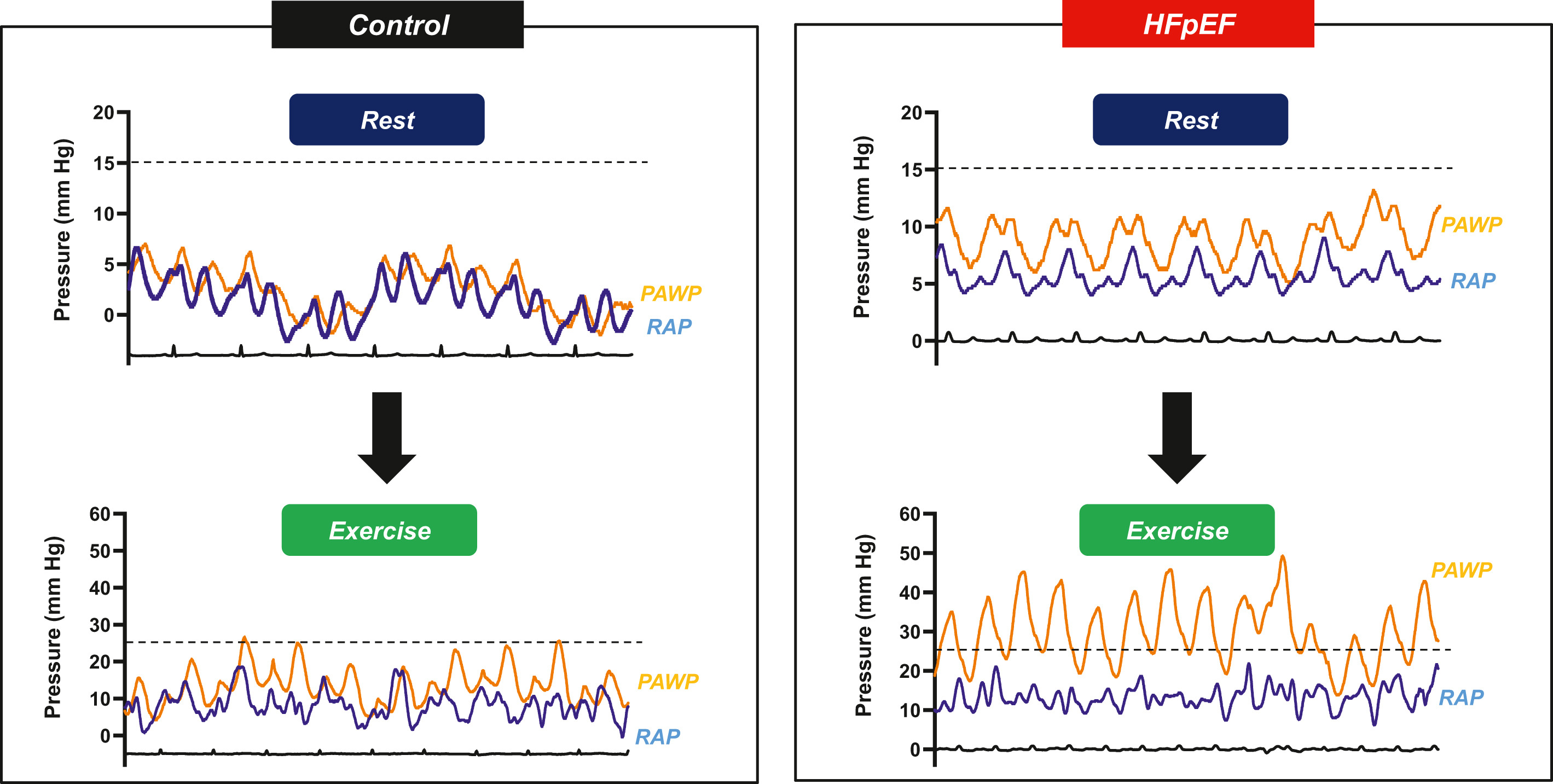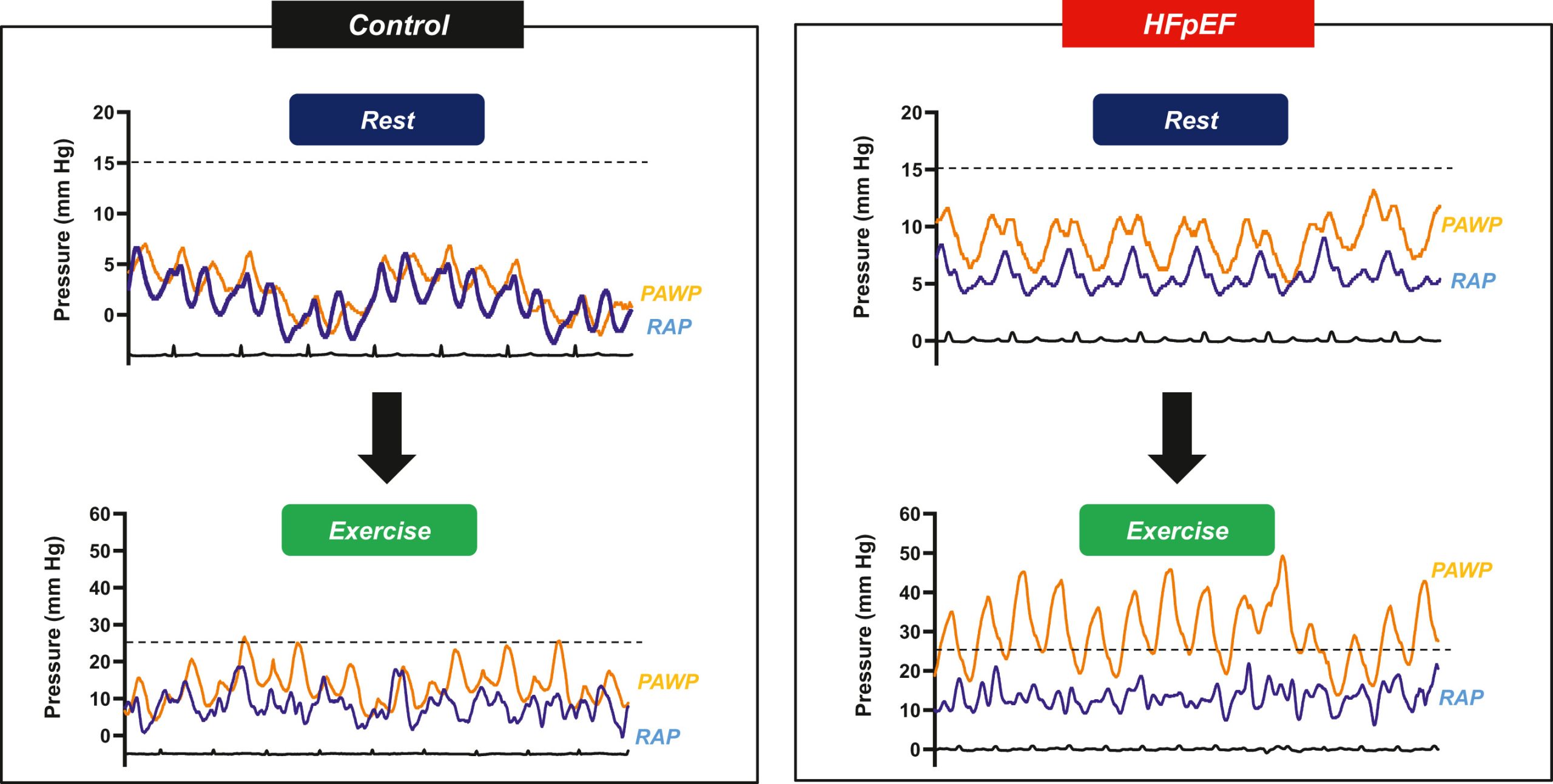
## What Occurs to the Human Heart When Gravity Disappears?
The implications of space travel and zero gravity on the human body have been the subject of extensive scientific exploration, with considerable focus on aspects like bone density, muscle reduction, and even alterations in vision. But what about the heart—the organ most crucial for survival? A pioneering research effort has investigated how the heart, especially in individuals suffering from heart failure with preserved ejection fraction (HFpEF), reacts to the absence of gravity. The results, published in *JAMA Cardiology* on November 16, 2024, provide fresh insights into how weightlessness affects cardiac function, particularly among patients facing obesity-related HFpEF.
### The Research: Heart Failure in a Weightless Environment
Heart failure with preserved ejection fraction (HFpEF) is a type of heart failure in which the heart struggles to relax and accept blood, despite its pumping ability being intact. This condition is frequently linked to obesity and heightened pressures in the left ventricle, putting considerable strain on the heart. In this research, Dr. Benjamin D. Levine and his team from the Institute for Exercise and Environmental Medicine at Texas Health Presbyterian Dallas investigated the influence of zero gravity (0G) on these pressures in patients with HFpEF and obesity.
#### Research Setup
The study included two HFpEF subjects with previously implanted **CardioMems sensors**, which permitted real-time monitoring of pulmonary artery pressures. These sensors recorded pulmonary artery systolic (PASP), diastolic (PADP), and mean pressures (PAMP) under various gravitational conditions experienced during parabolic flights:
– **1G** (normal gravity of Earth),
– **0G** (absence of weight),
– **1.8G** (hypergravity, an increased gravity condition).
By means of these parabolic flights, providing brief episodes of weightlessness and hypergravity, Levine’s team could replicate space-like conditions and assess the hearts of HFpEF patients.
#### Major Observations
As gravity lessened in the 0G setting, surprising changes were noted. Particularly, **pulmonary artery diastolic pressure (PADP)**—the arterial pressure during the heart’s relaxation phase—significantly decreased in both subjects. Specifically, PADP dropped by **8 mm Hg for one patient and 9 mm Hg for the other**, indicating a remarkable alteration in cardiac dynamics in the absence of external forces.
This reduction in pressure carries significant consequences: zero gravity removed the mechanical pressures imposed by the weight of the lungs and chest wall, allowing for enhanced “compliance” or flexibility of the heart’s chambers. In essence, in a weightless state, the heart operates with less effort to counter these influences, resulting in lower pressures.
### Consequences and Considerations
The study’s insights open exciting possibilities for managing HFpEF, especially in obese patients. The notably reduced pressures in zero gravity imply that alleviating external mechanical forces—potentially through intentional weight loss—could also enhance heart function in a terrestrial setting. The hypothesis is that weight reduction may lessen the physical force exerted on the heart by surrounding tissues, including adipose tissue, thus facilitating a more effective filling of the heart without excess resistance.
Further investigations could reveal innovative treatment methods or even tailored exercise programs aimed at HFpEF patients, intended to replicate the advantages witnessed in a zero-gravity atmosphere.
Nevertheless, despite the optimism of these findings, it is essential to acknowledge the limitations of the study. With data coming from only two patients, the results are not applicable to all HFpEF or obese individuals. Additionally, while shifts in heart pressures indicate changes in external constraints, the precise mechanisms involved remain unclear. For example, elements such as **pericardial fat** or other surrounding matter could also affect the observed pressure changes. More comprehensive research is necessary to disentangle these factors and fully grasp how weightlessness could potentially be utilized in HFpEF treatment.
### The Larger Context: The Heart’s Role in Space
Although this research primarily concentrates on HFpEF, its findings hold wider implications for space medicine. As humanity pushes further into space, understanding the heart’s operation—or potential complications—in such environments becomes increasingly vital. How do astronauts, particularly those with pre-existing conditions like heart failure, manage extended periods of weightlessness? And could approaches influenced by zero-gravity scenarios be applied for heart ailments on Earth?
By illuminating how the heart reacts to a 0G environment—which, at present, can only be simulated in brief intervals during parabolic flights—researchers and healthcare professionals are beginning to grasp the challenges posed by future crewed missions to Mars and long-term habitation on the Moon. This study merely scratches the surface in exploring the connection between the heart and the gravitational influences that shape and restrict its functioning.
### Glossary
**HFpEF:**
Heart Failure with Preserved Ejection Fraction, defined by the heart’s inability to relax and properly fill with blood, despite having a normal ejection fraction.
